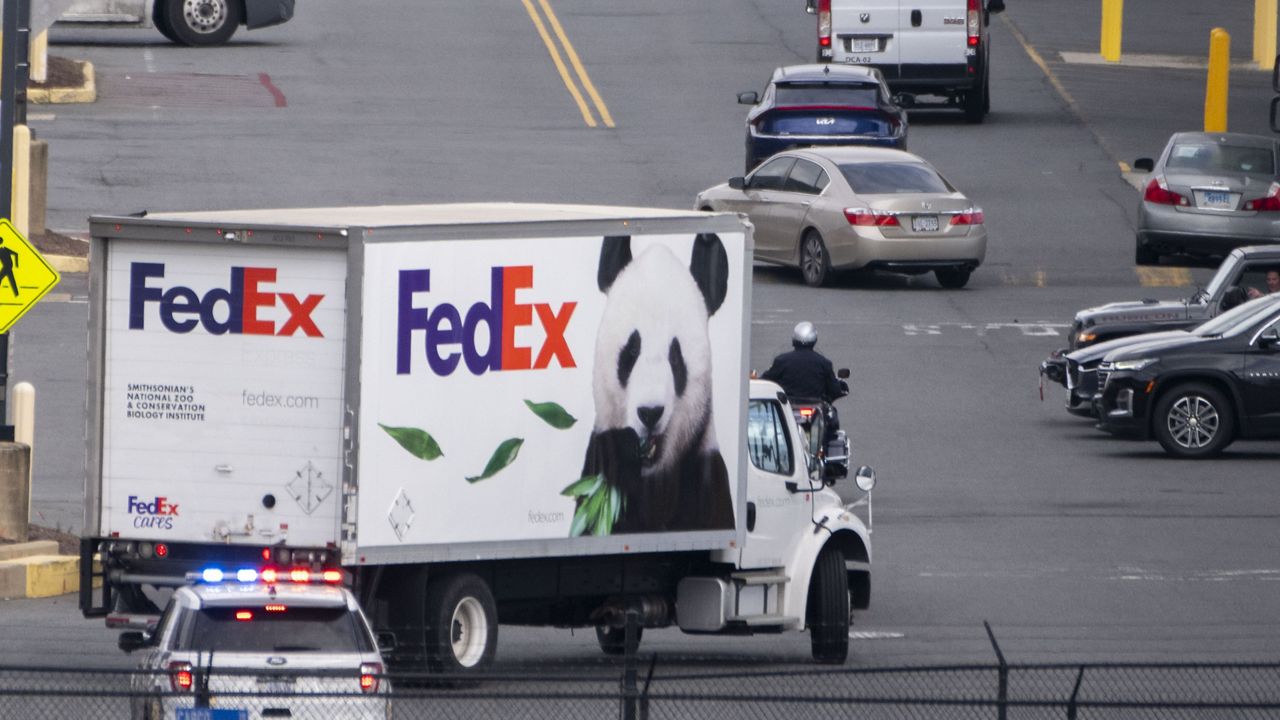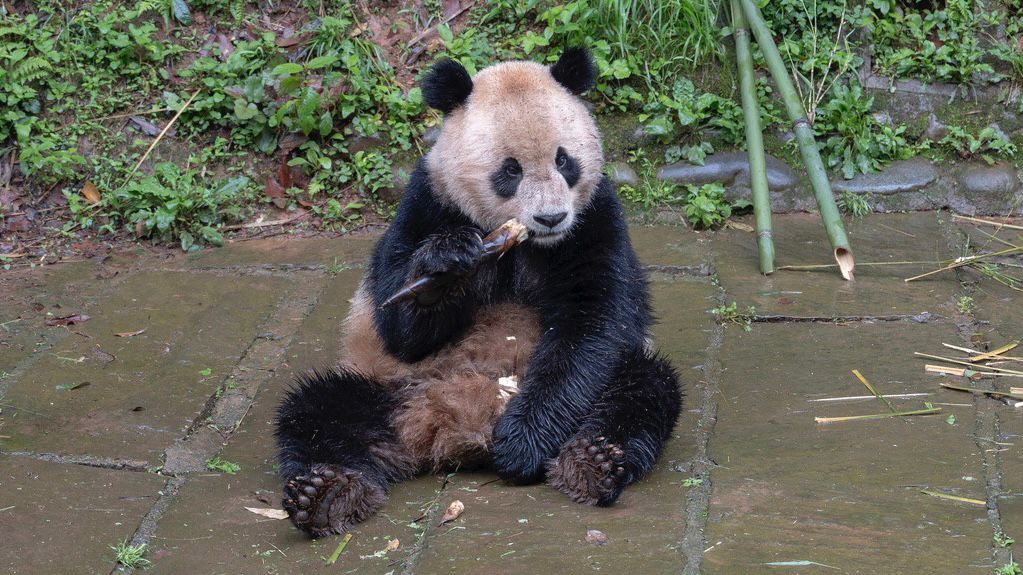It's small in stature, big on activity and known for a "smile," and it's ready to compete with 200 other dog breeds.
Say hello to the Lancashire heeler, the latest breed recognized by the American Kennel Club. The organization announced Wednesday that the rare herding breed is now eligible for thousands of U.S. dog shows, including the prominent Westminster Kennel Club show.
With long bodies and short coats that are often black and tan, the solidly built dogs are shaped a bit like a downsized corgi, standing around 1 foot at the shoulder and weighing up to about 17 pounds. Historically, they were farm helpers that could both drive cattle and rout rats, and today they participate in an array of canine sports and pursuits.
"It is a breed that dates back to about the 17th century, so it is new to the U.S. but definitely not new," said Brandi Munden, vice president of public relations and communications at the American Kennel Club in an interview with Spectrum News. "They are a cute dog, they are a lot of dog in a little body as we like to say."
Their official description — or breed standard, in dog-world parlance — calls for them to be "courageous, happy, affectionate to owner," and owners say contented heelers sometimes pull back their lips in a "smile."
"They're great with families, they're very active, they're very smart and fast learners, so they're not hard to train," Munden said, adding that the breed does not require a lot of grooming due to its "short, hard, flat coat."
They're "extremely versatile," participating in everything from scent work to dock diving contests, says United States Lancashire Heeler Club President Sheryl Bradbury. But she advises that a Lancashire heeler "has to have a job," whether it's an organized dog sport or simply walks and fetch with its owners.
The dogs benefit from meeting various different people and canines, added Bradbury, who breeds them in Plattsmouth, Nebraska.
Lancashire heelers go back centuries in the United Kingdom, where they're now deemed a "vulnerable native breed" at risk of dying out in their homeland. Britain's Kennel Club has added an average of just 121 Lancashire heelers annually to its registry in recent years, and the American Kennel Club says only about 5,000 exist worldwide.
"This dog has been around a very long time," Munden said. "It's been rocking it in the U.K. and now we have it stateside."
Founded in 1884, the AKC is the United States' oldest purebred dog registry and functions like a league for many canine competitions, including sports open to mixed-breeds and purebreds. But only the 201 recognized breeds vie for the traditional "best in show" trophies at Westminster and elsewhere.
To get recognized, a breed must count at least 300 pedigreed dogs, distributed through at least 20 states, and fanciers must agree on a breed standard. Recognition is voluntary, and some breeds' aficionados approach other kennel clubs or none at all.
Munden said that the AKC looks for "a wide range of ownership, interest in breeding and preserving the breed" and having a "breed club that will protect them and have a standard."
Adding breeds, or even perpetuating them, bothers animal rights activists. They argue that dog breeding powers puppy mills, reduces pet adoptions and accentuates canine health problems by compressing genetic diversity.
The AKC says it promotes responsibly "breeding for type and function" to produce dogs with special skills, such as tracking lost people, as well as pets with characteristics that owners can somewhat predict and prepare for. The club has given over $32 million since 1995 to a foundation that underwrites canine health research.









